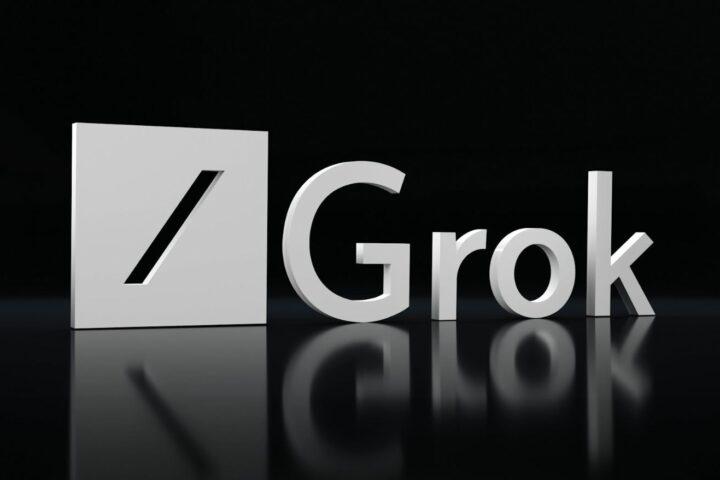 Hey there! In today’s fast-paced world of artificial intelligence, product teams are finding themselves at a crossroads. They’re facing both new challenges and exciting opportunities. If we take a quick look back, product teams have come a long way—from being developer-centric ‘feature teams’ to embracing the well-known 3-in-a-box model. This model, championed by industry legends like Marty Cagan, puts product management, design, and engineering on equal footing in the product development process.
Hey there! In today’s fast-paced world of artificial intelligence, product teams are finding themselves at a crossroads. They’re facing both new challenges and exciting opportunities. If we take a quick look back, product teams have come a long way—from being developer-centric ‘feature teams’ to embracing the well-known 3-in-a-box model. This model, championed by industry legends like Marty Cagan, puts product management, design, and engineering on equal footing in the product development process.
This approach is all about tackling the big risks: value, viability, usability, and feasibility. But now, with AI becoming a key player, the traditional model is getting a second glance. AI’s rising importance is reminiscent of the past evolution of design and UX roles, hinting at a similar transformative journey ahead.
So, what’s the buzz in current discussions? Well, folks are talking about weaving AI expertise into product teams through different models—embedded, consultative, or hybrid. Each of these comes with its own set of perks and challenges, like balancing cost efficiency with direct team integration. As AI continues to grow, how we strategically bring AI roles into the mix will reshape how product teams function.
Figure 1 gives us a sneak peek into a possible framework for integrating AI into product operations. It shows a phased approach, moving from initial skepticism to full recognition of AI’s competency. As we navigate through this shift, understanding where we’ve been and where we’re headed is crucial for effectively leveraging AI within product teams.
Choosing the right model—be it embedded, consultative, or hybrid—depends on your organization’s unique constraints and strategic goals. You’ll need to think about boundary conditions and historical path dependencies to find the best fit. This decision isn’t just about team structure; it also impacts the design and architecture of the products you create.








